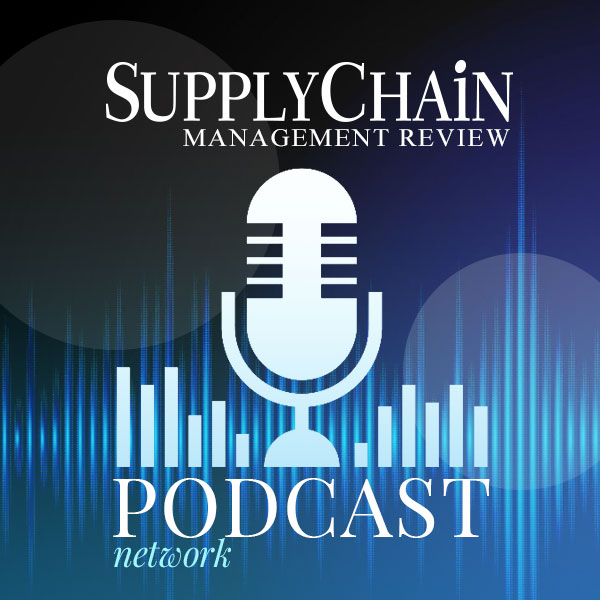Editor’s Note: Every year, 40 or so students in the MIT Center for Transportation & Logistics' (MIT CTL) Master of Supply Chain Management (SCM) program complete one-year thesis research projects. The students are early-career business professionals from multiple countries with 2 to 10 years of experience in the industry. Most of the research projects are chosen, sponsored by, and carried out in collaboration with multinational corporations. Joint teams that include MIT SCM students and MIT CTL faculty work on the real-world problems. In this series, we summarize a selection of the latest SCM research.
Trucking companies are rated on a general scorecard, which allows them to benchmark, and gives shippers some guidance on performance levels when developing their routing guides.
But what if current scorecards are too general to give shippers the information they need to create a portfolio of high-performance carriers with different market strategies?
In our research on the attributes of high-performing carriers, we analyzed the impact of individual and groups of attributes on service performance. We used a three-year dataset of both tender level and stop level data from TMC, a subsidiary of C. H. Robinson.
One of the insights from the research is that there were clear distinctions in marketplace roles and subsequent strategies between carriers, which had direct implications for their general service performance.
Which entities are performing?
Binary logistic regression and hierarchical clustering were used to identify the individual and groups of freight attributes that impacted performance success in terms of on time delivery, on time pick up, and first tender acceptance rate.
Three main performance groups of carriers were identified and their subsequent underlying attributes and strategies analyzed. This research confirmed industry belief that differing strategies and freight profile roles result in different performance levels; specifically, that more focused carriers tend to provide better service than unfocused carriers.
The research also showed that some groups of attributes work together to improve freight performance. These include longer lead times, consistency of load volume, geographic and lane focus, younger price ages, and certain mixes of types of both asset and non-asset carriers within a shipper's portfolio. An analysis of shippers' portfolios of the carriers employing different strategies showed that diversified portfolios with a higher proportion of more focused carriers have stronger performance.
The research provides some guidance for shippers in building their routing guides. For example:
1. Identify more focused carriers on the lanes you need to use. This advice stems from the focus-based performance findings derived from asset and non-asset clustering analyses.
2. When broader coverage is needed, use the larger carriers that have familiarity on the lanes you will be using. These carriers fill the “regional leader” role on those lanes.
Why does strategy matter?
This research offers a strategic review of groups of freight attributes that contribute to performance outcome. Within this review, carriers were shown to have different underlying roles within shippers' portfolios, which may suggest the need for different ways to measure their performance. Our findings suggest that carriers cater to varying market needs. The differences in strategy within the clustering analyses for both asset and non-asset carriers, implies that the uniform scorecards used to evaluate shipper performance may not be the most appropriate way to rate carriers.
There is a research opportunity in developing more strategy-specific key performance indicators (KPIs) and corresponding scorecards, to give shippers a better understanding of the performance of carriers relative to their specific market needs.
The SCM thesis Understanding Carrier Strategy and Performance was authored by Caroline Bleggi and Frederick (Qian) Zhou, and supervised by Dr. Chris Caplice, Executive Director, MIT Center for Transportation & Logistics. The research partner was C. H. Robinson. For more information on the research please contact Chris Caplice at [email protected].
SC
MR

Latest Supply Chain News
- How CPG brands can deliver on supplier diversity promises
- How S&OP provides the answer to in-demand products
- AI, virtual reality is bringing experiential learning into the modern age
- Humanoid robots’ place in an intralogistics smart robot strategy
- Tips for CIOs to overcome technology talent acquisition troubles
- More News
Latest Podcast

 Explore
Explore
The Academy News
- AI, virtual reality is bringing experiential learning into the modern age
- Predicting stockouts: Enhancing FMCG resilience through data-driven insights
- Finding the Right Approach for Supply Chain Education
- The Supply Chain Triad
- Innovating Supply Chain Higher Education with Generative AI
- How Smart Supply Chain Management Boosts Brand Identity
- More The Academy
Latest Academy Resources

Subscribe

Supply Chain Management Review delivers the best industry content.

Editors’ Picks





